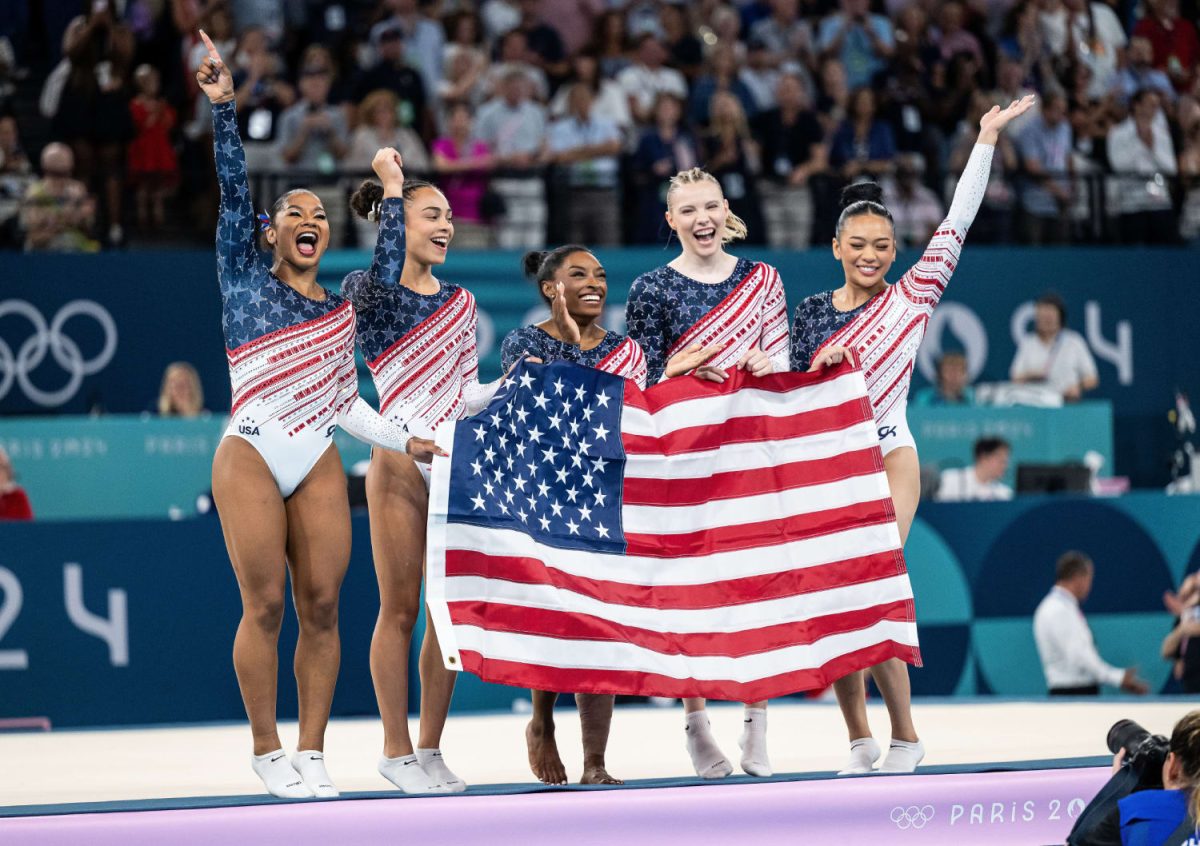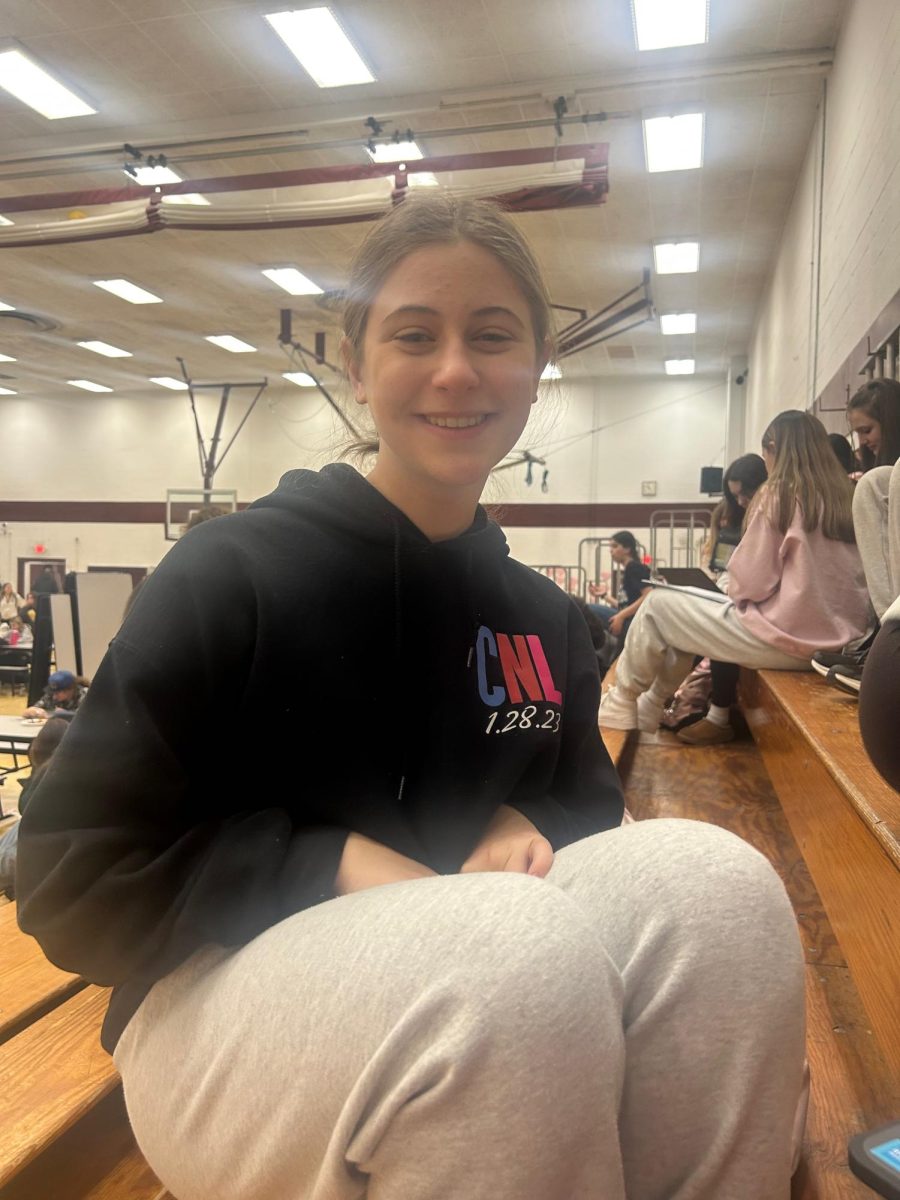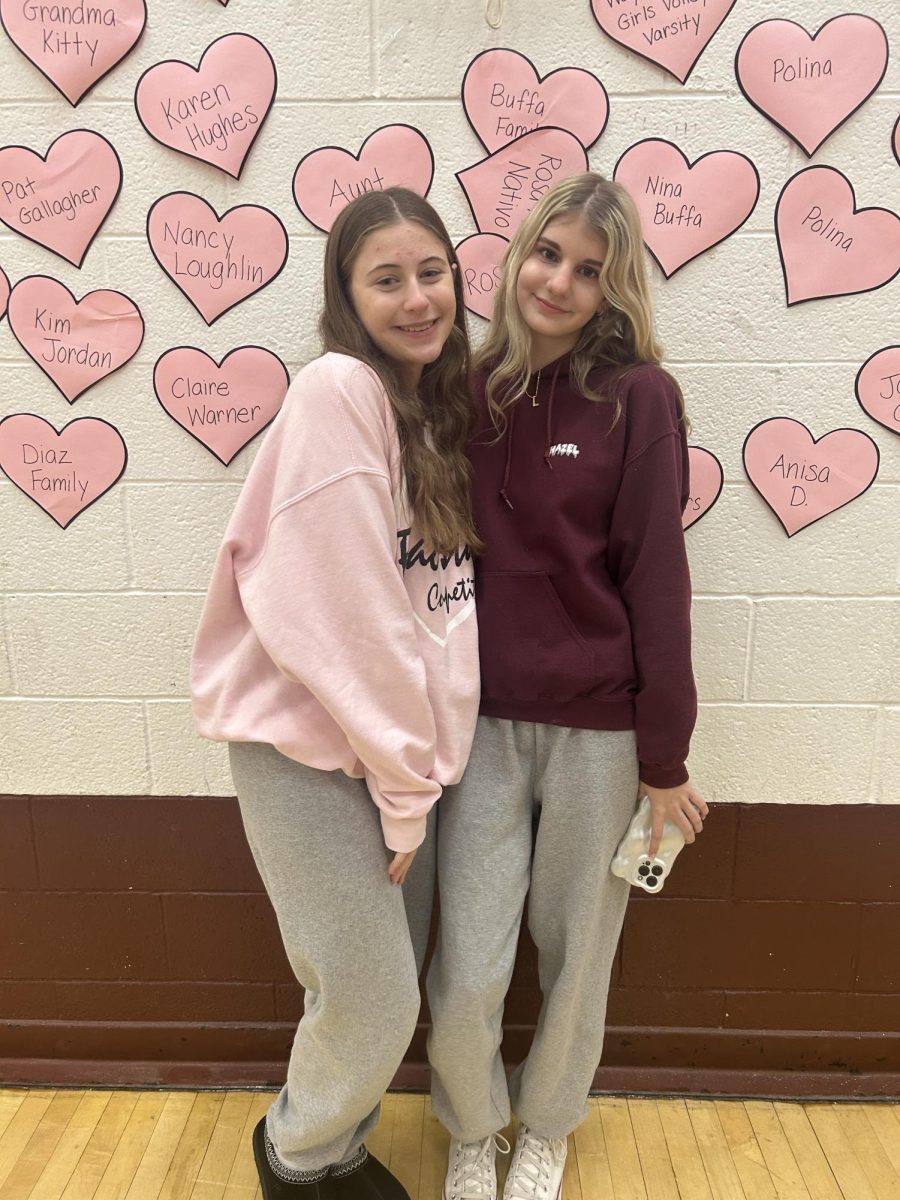How Face Masks Protect the Public

December 8, 2020
As of December 3rd, 2020, the state of New Jersey has reported an average of 4,000 COVID-19 cases per day, around 3.5 times higher than the state’s peak in cases around mid-April.
New Jersey is now at an all-time high in coronavirus cases, a clear display of the “second wave” that officials have been projecting since February. The reason cases are rising is simple: an overwhelming amount of the population is not following the simple guidelines set out by the CDC and other organizations.
One of the simplest things anyone can do to reduce this virus’s spread is to wear a face mask.
As said in the words of Maria Godoy of NPR, “When the CDC first recommended that Americans wear cloth face coverings back in April, it cited evidence that the coronavirus could be transmitted by asymptomatic people who might not be aware of their infectiousness – a group estimated to account for more than 50% of transmissions.” In a report updated Tuesday, the CDC says that is still the primary intention of wearing masks. However, it also cites growing evidence that even cloth masks can also reduce the number of infectious droplets inhaled by the wearer.
Godoy further states that “In its new scientific brief, the CDC reviews the epidemiological and observational evidence on the use of masking and the spread of the coronavirus. That includes a study of 124 Beijing households where at least one person had a laboratory-confirmed case of COVID-19. As we have reported, [NPR] when everyone in the household wore masks as a preventative measure before the infected person started showing symptoms, the risk of transmission was cut by 79%.”
The CDC recently highlighted a study that found that among 1,000 people contact-traced in Thailand, those who reported always wearing a mask outside of their home had a greater than 70% reduced risk of becoming infected than those who did not wear masks.
The CDC also features research that found that when mask-wearing was strictly enforced on board long flights, infected passengers did not transmit the virus to anyone else on the plane.
The CDC even took the time to outline the economic benefits of wearing a mask, saying that “increasing universal masking by 15% could prevent the need for lockdowns and reduce associated losses of up to $1 trillion or about 5% of gross domestic product.”
The power of a face mask only increases alongside the usage of other precautions, such as social distancing. As said by Alice Park of Time, “An international group of scientists, led by senior author Dr. Holger Schunemann, professor of clinical epidemiology and medicine at McMaster University in Ontario, Canada, analyzed 172 studies conducted in 16 countries that looked at the connection between social distancing, wearing masks, and wearing eye protection, and the risk of transmitting the virus. When it comes to social distancing, the analysis showed that, on average, the risk of getting infected when remaining 1 meter (a little more than 3 ft) from an infected person was about 3%, while staying less than 1 meter apart upped the risk to 13%. The further people stand away from one another, the lower their risk. In fact, the risk drops by half for every additional meter of distancing up to 3 meters (about 10 ft).”
The numbers of people not taking this virus seriously are extremely concerning. Globally, as of December 5th, 2020, there have been over 66.4 million coronavirus cases and 1.5 million deaths. The United States has been the leader in one thing over the past several months— having the most coronavirus cases. After thanksgiving, abnormal amounts of cases sprung up, likely because people did not follow national guidelines and stayed at home with their families.
The best thing for this nation right now, as explained by Dr. Michael Osterholm, a coronavirus adviser to Biden, is a second lockdown. “We could lockdown for four to six weeks, and if we did that, we could drive the numbers down,” Osterholm said. “Then we could really watch ourselves cruising into the vaccine availability in the first and second quarter of next year, and bringing back the economy long before that.”
“We should look at other places that have handled the virus better,” says freshman Jieun Paik, after being asked about a potential second lockdown. “There is an overwhelmingly positive correlation between having stricter lockdown policies and having fewer cases. I think a few weeks of lockdown is not a big sacrifice compared to the lives we can save.”
“One of the most fundamental human rights is the right to life,” says History teacher Mr. Terry. “Since we have a collective responsibility to make sure this right is protected for all people, as individuals, we all should be acting and behaving in ways that uphold this right. If we are not able to exercise our individual ability to make decisions and behave in ways that protect everyone’s lives, then I suppose a lockdown could be warranted.”
It is obvious that thousands of people wish for states to open up fully and for life to get back to “normal,” however we must all keep in mind those who have passed or lost loved ones to this deadly virus. Until this terrible virus is eliminated and a vaccine is released to the public, please wear a mask outside of your home (preferably cloth or surgical masks, as advised by the CDC) and stay six feet apart from other parties when in public.






